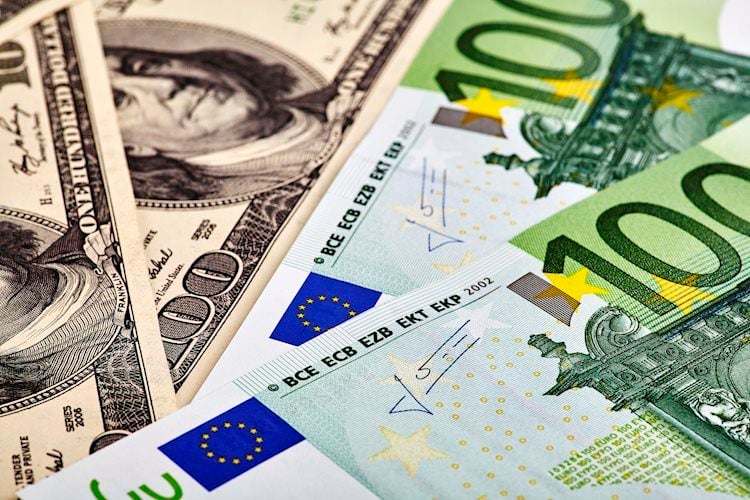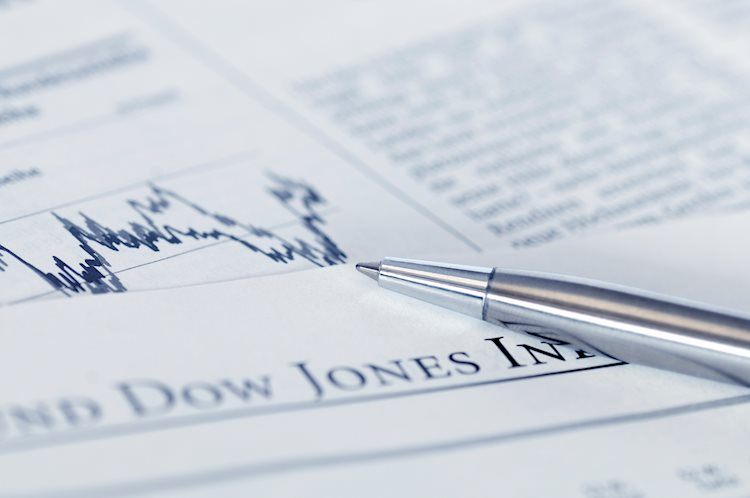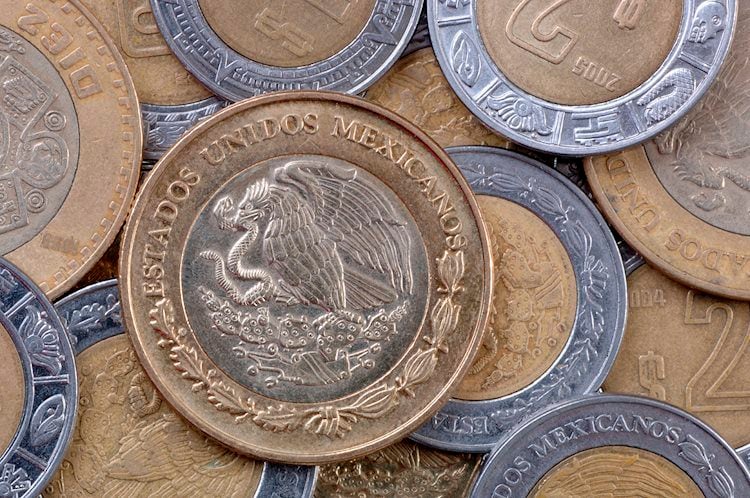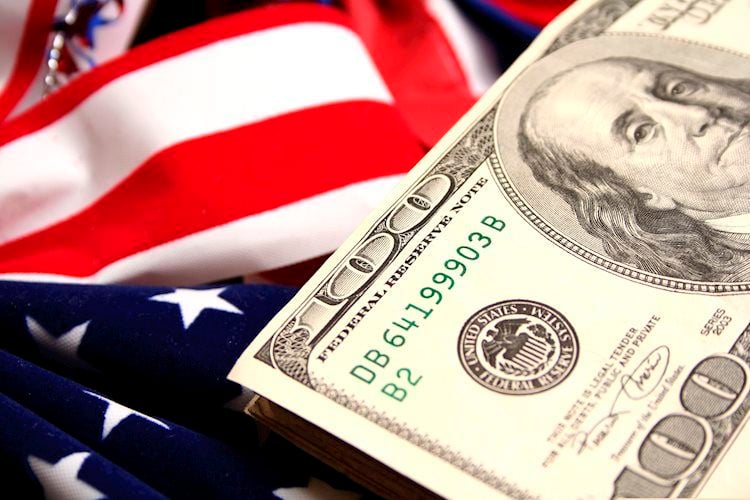As the ECB influence fades, the EUR/USD has struggled to cling onto its gains, and the current positive correction appears to be coming to an end. FXStreet analyst Yohay Elam puts forth three reasons why the pair is likely to fall.
“The European Central Bank now aims for a symmetric 2 percent inflation target, not an upper limit at that level, although it has refrained from implementing more drastic measures.” On Thursday, the euro received a boost from the ECB’s special announcement, but that bounce is diminishing on Friday. Why? In contrast to the Fed, the ECB continues to buy bonds with no intention of slowing down. For the foreseeable future, more sluggish European development will keep the bank behind its American counterpart.”
COVID-19 has resurfaced, spreading quickly thanks to the highly transmissible Delta form. It means slower growth and, as a result, a weaker euro on the old continent. For the United States, this means a slower recovery; yet, the dollar serves as a safe-haven currency that benefits in times of crisis. “It’s a win-win situation for bears.”
”
How can the dollar grow when bond yields in the United States are falling? And why is Treasuries in such high demand? Although the Delta variant discussed earlier may provide an answer to the second question – a flight to safety – investors have been perplexed by the absence of correlation. Others saw the capacity of the greenback to defy gravity as a symbol of strength. In bond markets, the tables have turned once more, with yields climbing. When things turn in your favor, a currency that has held its ground in difficult times may shine – and that is exactly what is happening now with yields and the dollar.”/n





